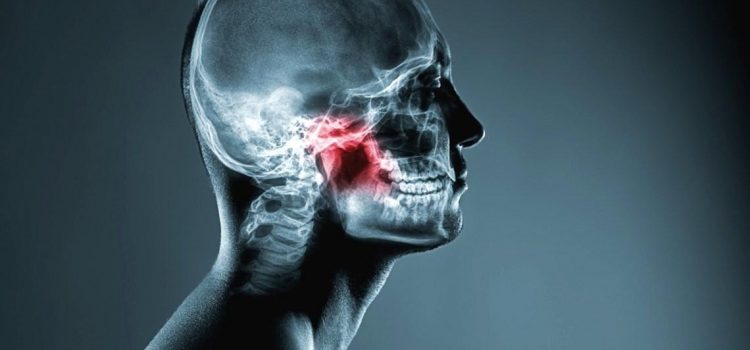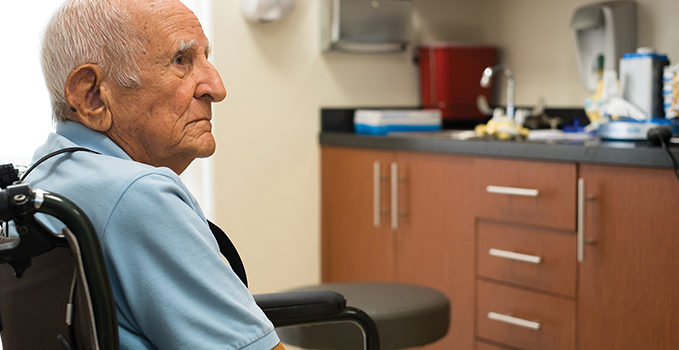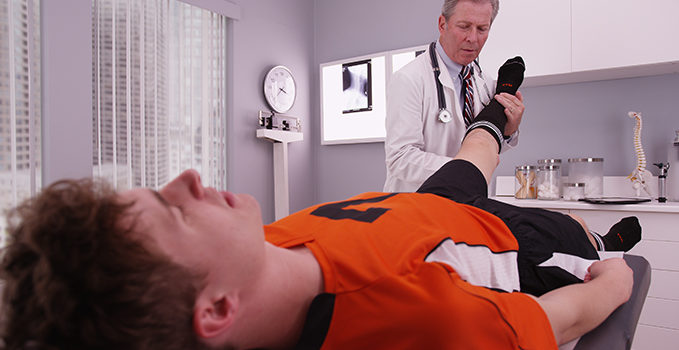Urgent message: Many performance-enhancing medications not currently approved by the FDA remain undetectable in basic urine specimens collected in the urgent care setting. If there is suspicion of any form of illicit substance use, the inquiry of specific supplements/agents is key, as side effect profiles are often vast and wide. Rachael M. Poff, PA-C and Christina E. Gardner, DHSc, MBA, PA-C INTRODUCTION Selective androgen receptor modulators (SARMs) constitute a class of medication that has become …
Read More









